Research and Development

Research and Development (R&D) covers the initial search for a molecule to treat the disease, through to having a product ready to market.
The pharmaceutical industry is the most research-intensive business sector in the UK, with £4.1 billion spent on research and development in 2016 alone. This accounts for almost a quarter of total UK expenditure on R&D.
The scientific endeavour to find new leads in innovative medicines has never been more efficient nor fast. The process is exciting and stimulating despite often taking years. It can be frustrating at times, but when that one compound that might eventually make it out on to the market is discovered, the satisfaction is unbelievable. Most of this work is carried out by scientists, mainly biologists and chemists, with a variety of specialist qualifications in, for example, toxicology, pharmacology, genetics, statistics, mathematical modelling and animal technology.
The many disciplines may seem bewildering at first, but take the time to browse and find out how you could have a role to play in the development of a new medicine, using the links at the side of the page.
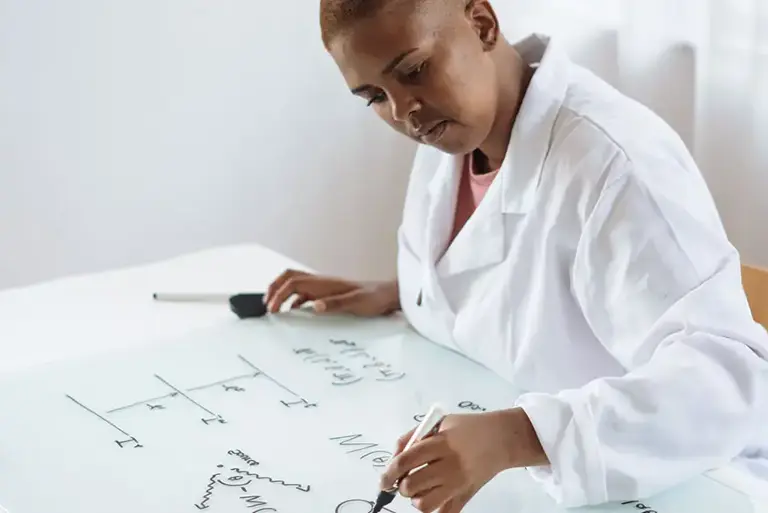
Good laboratory practice requires that electronic records are kept, and that information can easily be accessed.
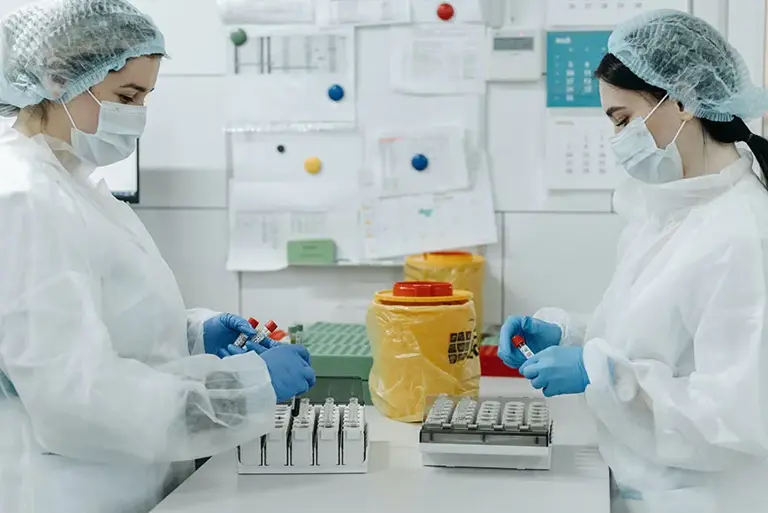
Once a company has chosen which disease area to research, it must be studied so we can understand what the underlying problems are.
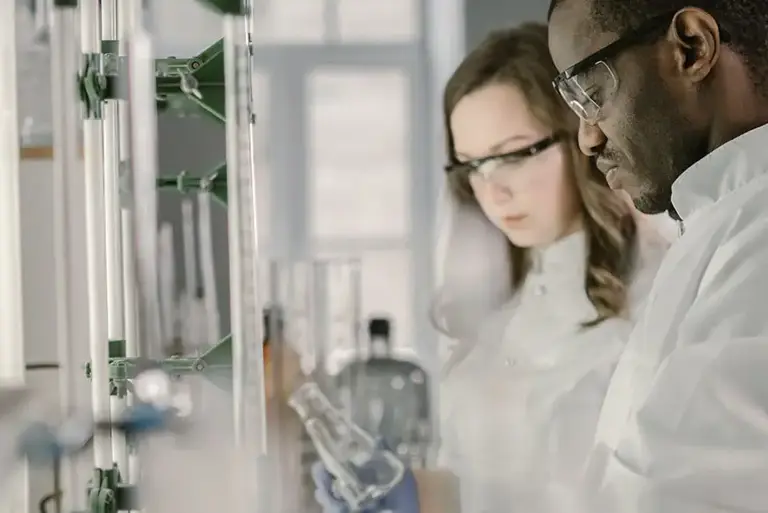
Chemists working in the research and development of new medicines will interact and collaborate with many other scientists from various disciplines.

Clinical research is the longest stage in the process of developing a new medicine, and the most expensive….but it has the potential to be one of the most exciting and rewarding phases.
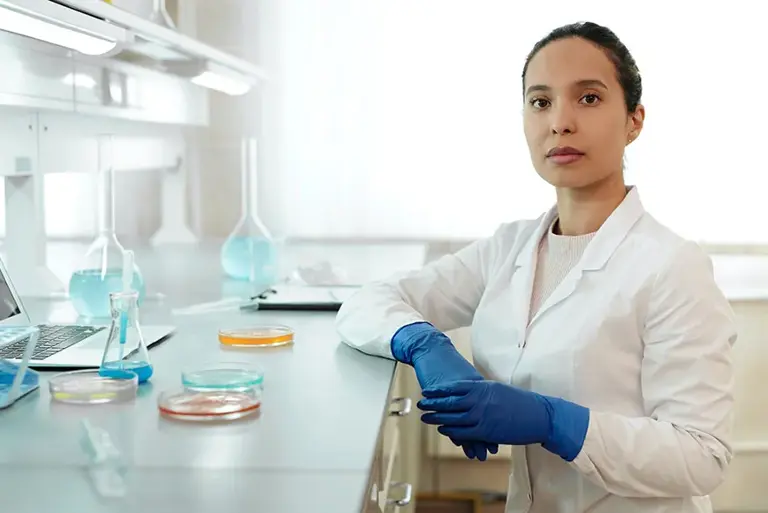
Drug safety, or pharmacovigilance, experts monitor unexpected side effects of medicines during clinical trials and once the medicine is marketed.
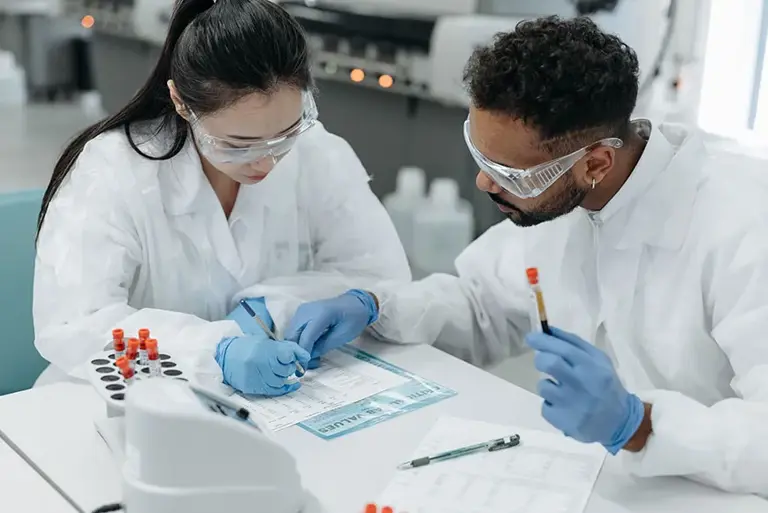
Understanding the role that genes play in disease is one of the fastest growing areas of science.

Health economics roles in the pharmaceutical industry can be divided into two main types:

Imaging is rapidly becoming an essential tool for the research and development of new medicines.

Arguably the most diverse role for a physician in the pharmaceutical industry; a medical affairs physician works with a vast variety of people, from a wide range of backgrounds.

Medical writing offers plenty of scope to do work you feel is worthwhile and suited to your character and talents.

Training is on-the-job and requires genuine dedication because you must pass professional exams to become qualified.
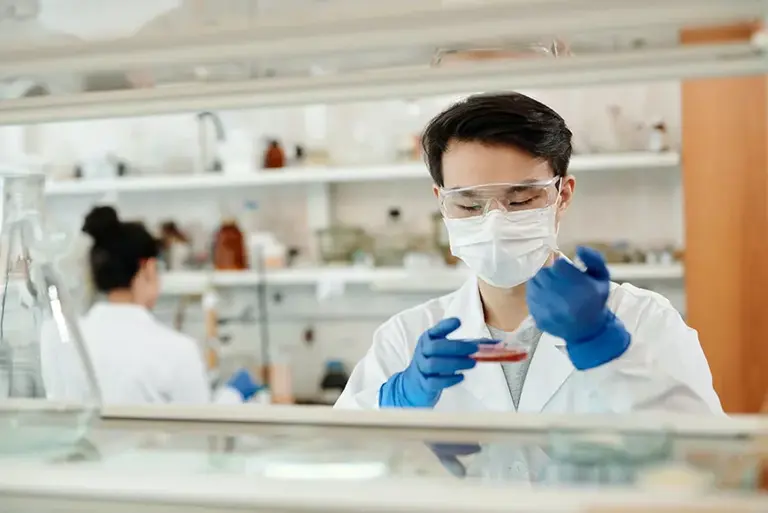
About 4% of pharmacists working in the UK are employed by the pharmaceutical industry. Although the number is relatively small, they have a vital role in the complex processes of developing and supplying medicines to the market.



